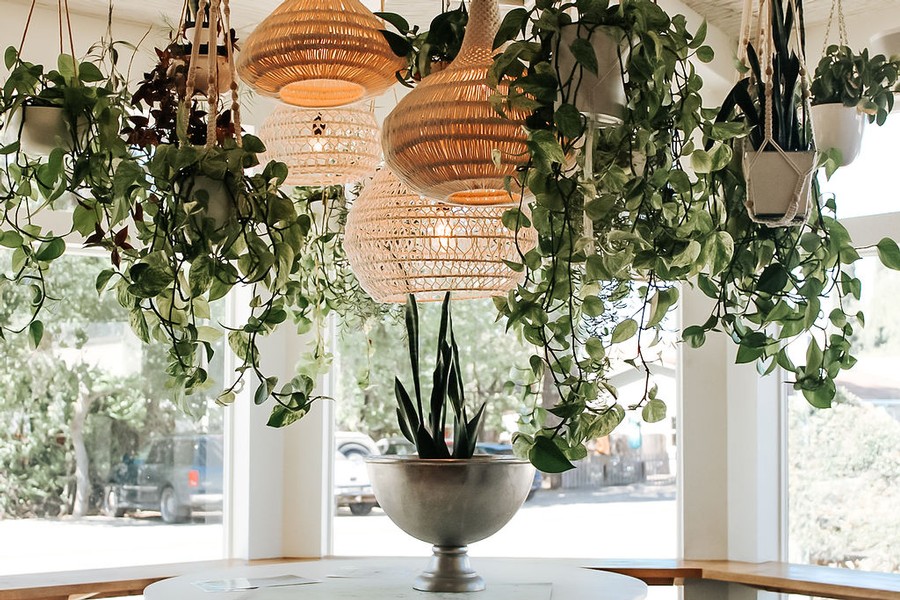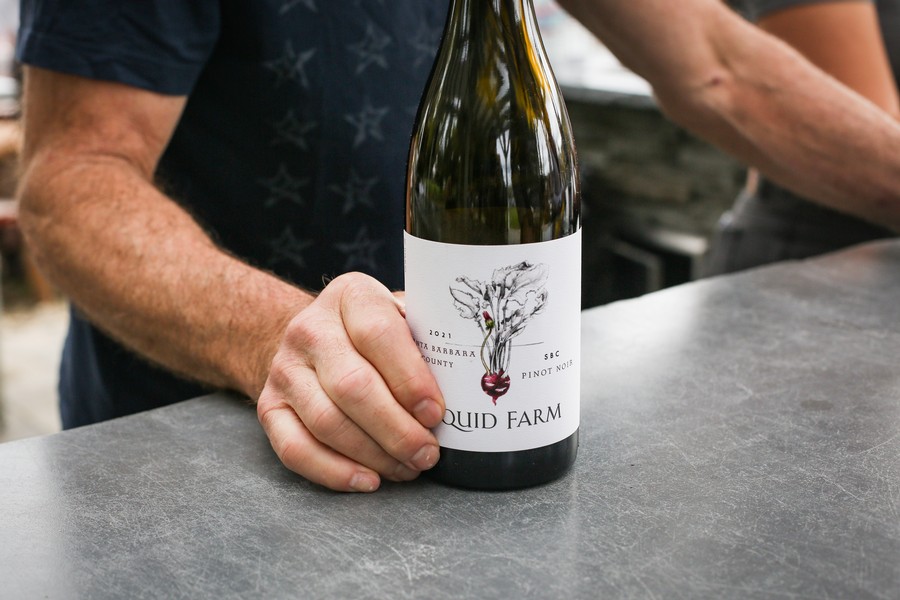The name Liquid Farm describes the authentic nature of wine (liquid from farming), and reflects our strong belief that all great wines start in the vineyard. It is truly all about selecting the right locations and the highest quality fruit, then allowing the varietal and regional typicity to shine through from vineyard to glass
Liquid Farm wines reflect an Old World style while embracing the local Santa Barbara County viticulture and climate. We focus on wines from one of the coolest of California AVA’s – the Sta. Rita Hills. It’s home to some of the most unique, ancient soils in North America and is perfect for growing Chardonnay and Pinot Noir.

Enjoy a flight, glass or bottle of our wine while you relax in our sunny, farmhouse-style tasting room in the heart of Los Olivos, Ca.
Become a part of the Liquid Farm family and enjoy exclusive, discounted access to wines and events.

Keep up with our liquid shenanigans and get notified of new releases, pop-up events, and more!
theme by gorilion ©2025 Liquid Farm